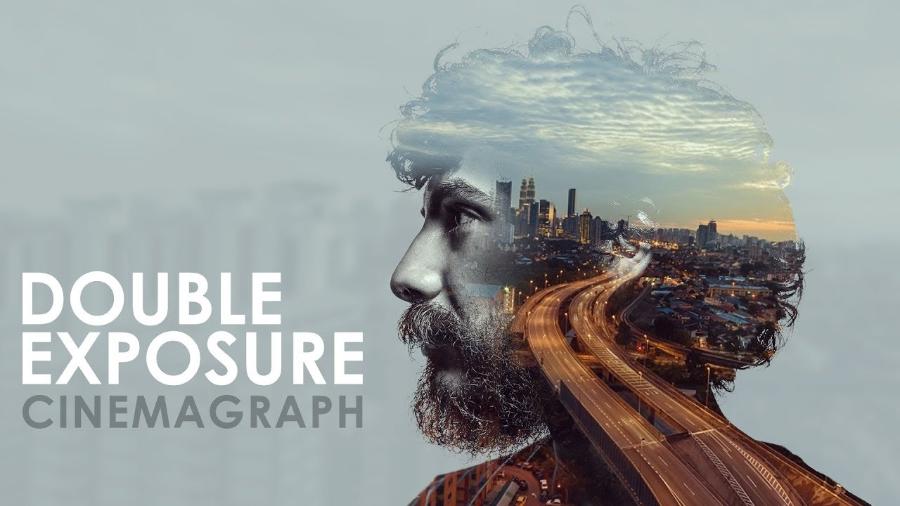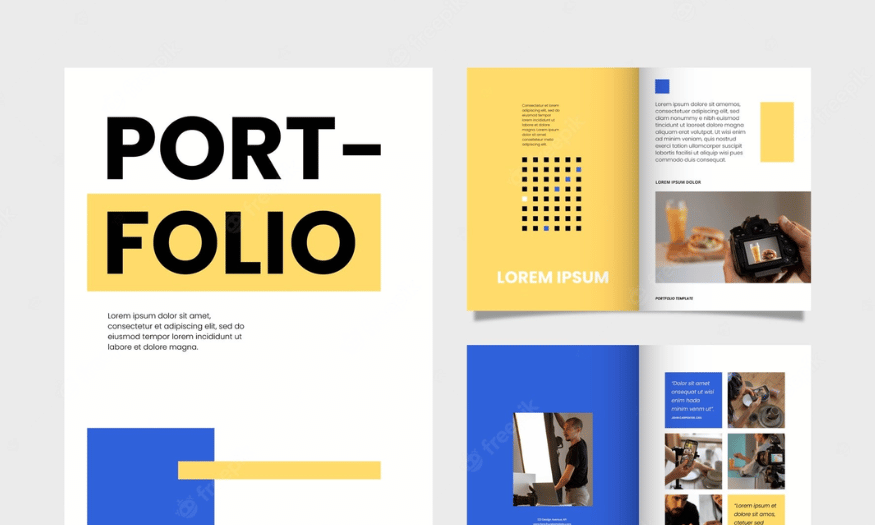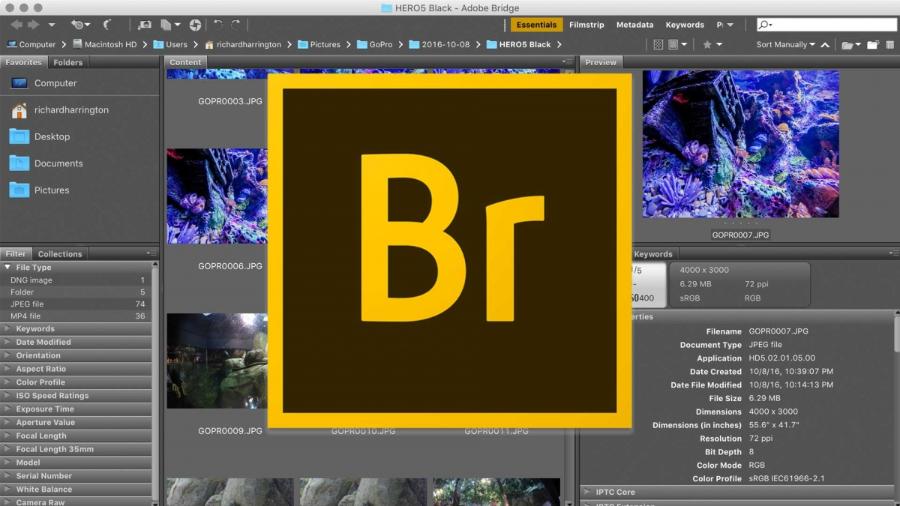Best Selling Products
Double Exposure Art: Preserving Unique Event Moments
Nội dung
- 1. What is Double Exposure? When two worlds exist in one frame
- 2. The intersection of art and event recording
- 2.1. History of formation and development of Double Exposure technique in photography
- 2.2. Why is Double Exposure suitable and makes a difference for event photos?
- 3. Advantages and benefits of applying Double Exposure to event photography
- 3.1. Create unique, artistic and unforgettable photos
- 3.2. Convey multiple layers of meaning, emotion and story in one frame
- 3.3. Increase creativity and innovation for event photos
- 3.4. Attract attention and make a strong impression on viewers
- 3.5. Open up new perspectives on events and participants
- 4. Application in event genres
- 4.1. Personal events – Weddings, birthdays, anniversaries
- 4.2. Corporate events – seminars, openings, product launches
- 4.3. Exhibitions and cultural events
- 5. Process of taking a double exposure photo for an event
- 5.1. Preparation phase
- 5.2. Shooting phase
- 5.3. Post-production and image processing
- 6. Important notes when taking event photos in double exposure style
- 7. When emotion overcomes technique – double exposure as the second language of event photographers
- 8. Future trends of event photography using double exposure technique
- 9. Conclusion
Explore Double Exposure event photography techniques: creativity, art and emotion in every frame. Suggestions on how to do it, applications and outstanding trends.

Event photography is no longer simply about capturing real moments. In the era of creative photography, Double Exposure technique is opening up a new and attractive direction. By combining symbolic and emotional images, Double Exposure event photography not only tells stories but also conveys emotions, creating a unique character for each frame.
1. What is Double Exposure? When two worlds exist in one frame
Double Exposure is a photographic technique that combines two (or more) images into a single composition. Each layer of the image represents an element: reality and abstraction, individual and collective, movement and stillness.
.jpg)
Unlike traditional photography, double exposure does not simply record events in a narrative manner. Instead, it recreates the emotions, atmosphere, and hidden meanings behind each moment. Especially with event photography, this technique opens up a completely different and artistic way of expression.
Definition: Double Exposure, also known as double exposure or superimposition, is a technique that combines two or more separate images into a single photograph. Instead of a single exposure, the camera sensor (or film in traditional photography) is exposed multiple times, each time capturing a different image. The resulting images blend together, creating a unique and often surreal visual effect.
How it works: Each exposure essentially records light onto a different part of the sensor. When a second (or multiple) exposures are made, the light from the second image is added to the areas of the sensor that were not saturated by the first exposure. The saturated areas (usually bright areas) are less affected by the subsequent exposure. The interaction of these layers of light creates a layered effect, where details from both images are visible, intertwined, and blended together.
Compared to other techniques: Double Exposure differs from later software-based image compositing in that the layering effect occurs either directly during the shooting process (if using the camera's Multiple Exposure mode) or through multiple exposures on the same film frame. This creates a natural look that is difficult to fully reproduce digitally.
2. The intersection of art and event recording
In the context of events that increasingly require high creativity, from weddings, corporate events to art exhibitions, double exposure has become a tool to record not only images but also messages. No longer limited to the boundary of "shooting to preserve", this style has transformed into "shooting to inspire".
.jpg)
A shot of a speaker giving a speech is juxtaposed with an image of an attentive audience. A moment of a bride smiling brightly is mixed with a shot of her wedding dress fluttering in the wind. This blend creates layers of meaning, making the viewer not only see but also feel.
2.1. History of formation and development of Double Exposure technique in photography
Film Photography: The Double Exposure technique has been around since the early days of film photography. Photographers would accidentally or intentionally not rewind the film after taking a photo, resulting in the next photo being exposed over the previous one. Initially, this was considered a mistake, but artists soon realized its creative potential.
Development and artistic application: Throughout the 20th century, many photographers actively used Double Exposure as an artistic tool to create iconic, surreal and emotional photographs. Famous works often combined portraits with landscapes, motifs or abstract elements.
Double Exposure in Digital Photography: With the advent of digital cameras, performing Double Exposure has become easier and more flexible thanks to the built-in Multiple Exposure mode or the ability to stack images using software. This has opened up new horizons for photographers to experiment and be creative.
2.2. Why is Double Exposure suitable and makes a difference for event photos?
Uniqueness and artistry: In the context of event photography that often focuses on capturing moments and information, using Double Exposure brings a breath of fresh air, creating highly artistic and completely different photos.
Multi-layered storytelling capabilities: A Double Exposure photo can combine images of attendees with the event space, brand logos, or even elements that represent the event’s theme. This helps convey the event’s story and meaning in a deeper and more multi-dimensional way.
Make a strong impression: Double Exposure photos often make a strong impression and pique the curiosity of the viewer. They do not simply record an event but also provide a unique and unforgettable visual experience.
Enhance Brand Value: For corporate or promotional events, creative Double Exposure photos can help increase brand recognition and set yourself apart from the rest.
Expanding the photographer's creativity: This technique encourages the photographer to think outside the box, experimenting with unique ideas and image combinations.
3. Advantages and benefits of applying Double Exposure to event photography
3.1. Create unique, artistic and unforgettable photos
Double Exposure doesn't follow the beaten path of conventional event photography. The unexpected combination of images creates a novel visual effect, attracting attention and making viewers stop to explore.
This technique allows the photographer to express his personal style and artistic vision within the context of a particular event.
Unique Double Exposure photos will stand out on social media, in event photo albums, and in the minds of attendees.
3.2. Convey multiple layers of meaning, emotion and story in one frame
By carefully selecting images to overlap, photographers can create metaphorical connections, evoke complex emotions, or tell a multi-dimensional story about an event.
For example, overlaying a portrait of an inspirational speaker with an image of an audience listening can convey the connection and impact of the talk.
The combination of human images and spaces, symbols or abstract elements can create deeper layers of meaning than a single photograph.
3.3. Increase creativity and innovation for event photos
Applying Double Exposure requires the photographer to think creatively, visualize the results in advance and experiment with different ideas.
This technique encourages breaking the conventional rules of event photography, offering a fresh and unique perspective on familiar moments.
Having Double Exposure photos in your event collection will make your photo collection richer and more impressive.
3.4. Attract attention and make a strong impression on viewers
Double Exposure photos often have strong visual effects, easily attracting viewers' attention among countless other event photos.
The uniqueness and difference of this technique creates a deep and unforgettable impression, helping the event photo album stand out and be shared more widely.
3.5. Open up new perspectives on events and participants
Double Exposure can provide a more abstract and artistic look at the activities, spaces and people at an event.
It allows for the discovery of hidden connections and less noticed aspects of events.
These photos can evoke different thoughts and emotions in the viewer, creating a deeper, more interactive experience with the event.
4. Application in event genres
Application in event types plays an extremely important role in organizing and managing activities. From conferences, exhibitions, celebrations to entertainment or educational events, the application of technology, techniques and creative solutions helps optimize efficiency, enhance the experience of attendees and ensure professionalism. At the same time, analyzing the characteristics of each type of event to apply appropriate tools is also a core factor in achieving the set goals, creating a distinct mark and contributing to improving the quality of the organization.
4.1. Personal events – Weddings, birthdays, anniversaries
Double Exposure is especially great for emotional events. At a wedding, for example, a photographer might combine images of the couple with a scene that has a special meaning – the bridge where they first met, the sunset during their confession, or even a map of the city they will live in together.
.jpg)
Children's birthday photos are often mixed with details such as toys, crayons, and balloons to bring a fairy-tale and cheerful feeling.
4.2. Corporate events – seminars, openings, product launches
For businesses, double exposure is not only artistic but also a powerful communication tool. A photo of a speaker on stage combined with a brand logo will create a visual and impressive message. Even with just a few creatively processed photos, businesses can use them as promotional materials, event profiles or even annual report covers.
4.3. Exhibitions and cultural events
Cultural events such as exhibitions, art performances or festivals are "fertile ground" for double exposure to develop. The combination of artist portraits and details of the work, or between the audience and the shimmering stage, creates emotions and aesthetic depth.
5. Process of taking a double exposure photo for an event
5.1. Preparation phase
The success of a double exposure photo starts with the idea stage. The photographer needs to determine the theme, message, desired style and choose the appropriate image subjects. Attention should be paid to lighting, camera angle and composition right from this step to ensure the two photos can blend smoothly.
5.2. Shooting phase
Depending on the equipment, the photographer can choose to shoot with a DSLR camera that supports live double exposure, or shoot each image separately for post-processing. When shooting, it is important to be aware of the light and dark parts, as they determine which elements will stand out in the final image.
5.3. Post-production and image processing
This is the decisive stage. Software such as Adobe Photoshop, Lightroom or even phone apps such as Snapseed, PicsArt are all capable of supporting the creation of double exposure effects.
The photographer will layer two images, use blend modes (like “Screen”, “Overlay”, “Multiply”…), tweak opacity, and adjust details so that the final image reflects the desired spirit.
6. Important notes when taking event photos in double exposure style
When shooting events in double exposure style, photographers need to pay attention to some important factors to ensure image quality and convey the right message.
.jpg)
First, the choice of subject and background must be carefully considered to create harmony and avoid confusion. The main subject should be placed in a prominent position, while the background needs to have the right contrast to highlight the creative idea. Second, lighting is a key factor in this style; you need to control the light source well to avoid over- or under-exposing the image, which will lose detail.
Don't overdo it : Double Exposure should be the highlight, not the entire album. Moderation gives better visual impact and helps retain the authenticity of the event.
Choose the right pair of images : Choose two images that complement each other in meaning and do not cause visual interference.
Ensure storytelling : Each photo should contribute to telling a clear story or evoke a specific emotion.
The quality of the original image must always be guaranteed : Even though it will be combined, the quality of the original image still needs to be focused on from resolution, light to composition.
Additionally, using editing software also plays an important role in completing the work, but it is necessary to maintain balance and not overdo the effects to maintain naturalness. Finally, plan ahead and experiment with different angles to ensure that each photo is artistic and clearly conveys the story you want to convey.
7. When emotion overcomes technique – double exposure as the second language of event photographers
Not only is it a tool to create visual effects, double exposure is also a means for photographers to express creative depth. For those who see photography as a way to tell stories, this technique is a "second language" for them to convey emotions.
When applied to events – where emotions are at a high level – double exposure becomes a powerful means of non-verbal storytelling. It allows each viewer to decode and perceive the image in their own way, thereby creating very personal connections.
8. Future trends of event photography using double exposure technique
In recent years, more and more brands, couples, and event organizers have sought out photographers who can create double exposure event photos. The difference, uniqueness, and emotion that this style brings helps photography products avoid falling into a boring rut.
With the support of AI technology, image creation tools are also increasingly powerful, allowing photographers to save time while still achieving high visual efficiency. It is even possible to expect the application of this technique in animation, video or other forms of multimedia interaction in the near future.
9. Conclusion
Double exposure event photography is the ideal choice for those who want to go beyond the usual framework, bringing products that not only preserve images but also evoke emotions. In a world where everything can be recorded, making the difference lies in perspective, emotion and creativity.












































